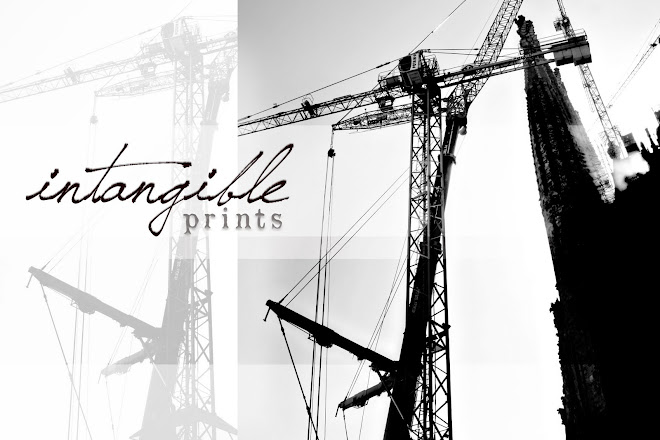Here is another article I wrote for the Clarion. I was surprised after our lunch with Dr. Conn that he not only read but enjoyed the articles I was writing!
Huddling around the small ornate water fountain, unwilling to pay for a glass of the natural water, we dared each other to take a sip from a leftover glass. It was clear from the grimace which soon followed on our faces that these “healing” waters of Bath were not worth the taste.
After our initial week in Cambridge, it was time to go on another excursion. We traveled two hours through windy roads to the small city of Bath, nestled between rolling hills. At night, the whole countryside is dotted with warm street lights up the side of the slope. The city is not a conventional industrial town; it is more like an ancient tourist city.
The Romans (it always seems to start with them) discovered these hot springs and built enormous bathing temples around them. Since that time, generations and generations of people have been discovering and rediscovering these hot springs. Finally the area has grown into the beautiful city we visited today, filled with spas and museums. It was after the tour of these Roman Baths that we seized the opportunity to slurp down some copper-tasting lukewarm water.
We did not stay in the city of Bath the whole time. We spent most of our time touring the ancient ruins that were still left in England. Beginning with the earliest druid stone circles to the city walls and grassy amphitheaters left by the Romans, we touched the remains of these once-
thriving cultures.
At first glance, standing on a pile of rubble in what used to be a stone hall doesn’t seem quite so majestic. Yet, after a while, the weight of history that surrounds these places becomes almost surreal.
The giant stone circles were older than any monument in the United States. Sitting on the edge of the Roman baths feels like a land and time so far removed to understand. At these exact places, other humans were seeing what I was seeing. I was separated from them by time, not space.
Now all that they leave behind is rubble memories. England is so old that there are ruins built on top of ruins. At one point we were able to visit a castle in Chepstow. It was quite refreshing to see this monument still standing strong. Looking up at the ramparts from outside the castle, I would not want to attack this place. The walls were 40 feet high and solid stone with arrow slits, catapults, and deadly contraptions.
I have never seen such a place made solely out of stone: stone steps, rooms, windows, lawns. I would not be surprised to stumble upon a stone couch and bed. Though this castle would be defensible, it would have been an awfully cold and hard place to live.
For all its lack of historical significance, I was quite satisfied sleeping on feather pillows at our hotel.
Subscribe to:
Post Comments (Atom)
About
I am currently an undergrad majoring in English Writing. I grew up in Florida and besides loving the Beach and surfing (though I confess I am not any good at it) I prefer the mountains. Besides creative writing, I am especially fond of any sort of art including photography and the fine arts.
Categories
- Amish (1)
- apartment (1)
- aunts (1)
- camera (1)
- coffee bar (1)
- decoration (1)
- holmes county (1)
- interior design (1)
- Polaroid (1)
- run (1)
- sisters (1)
- thrift store (1)


0 comments:
Post a Comment